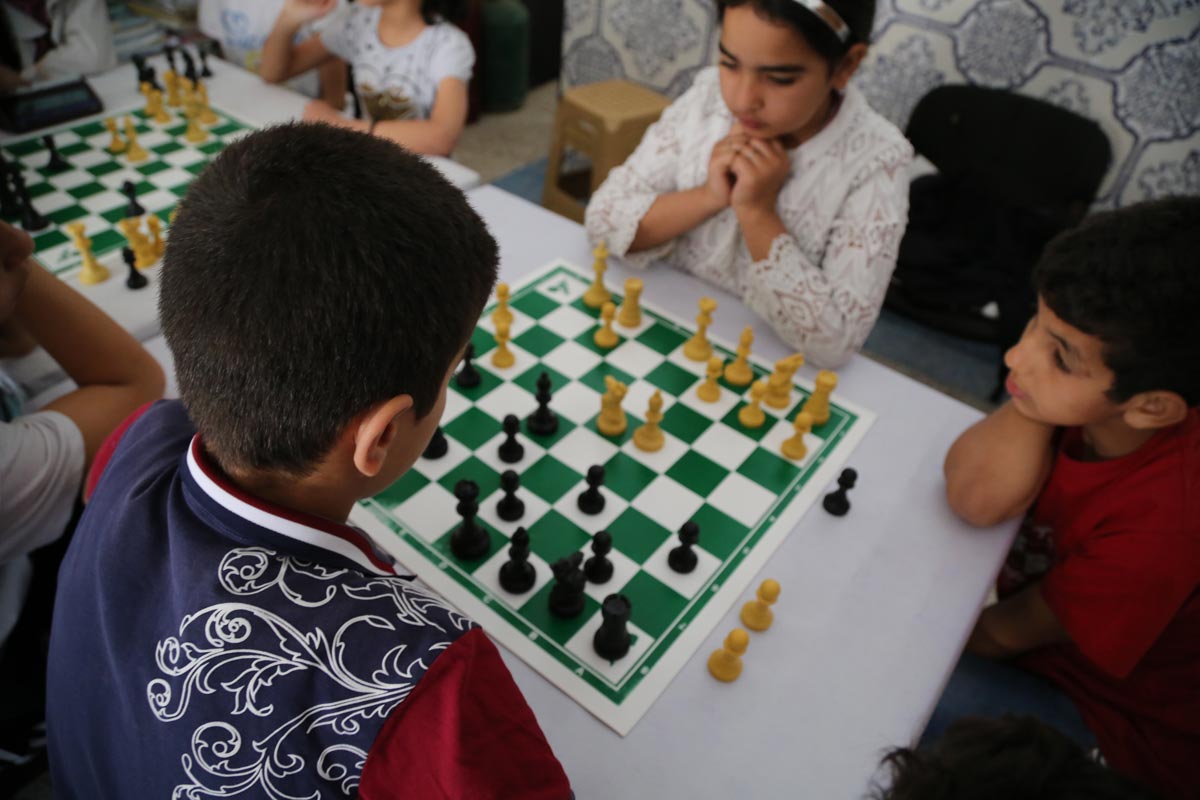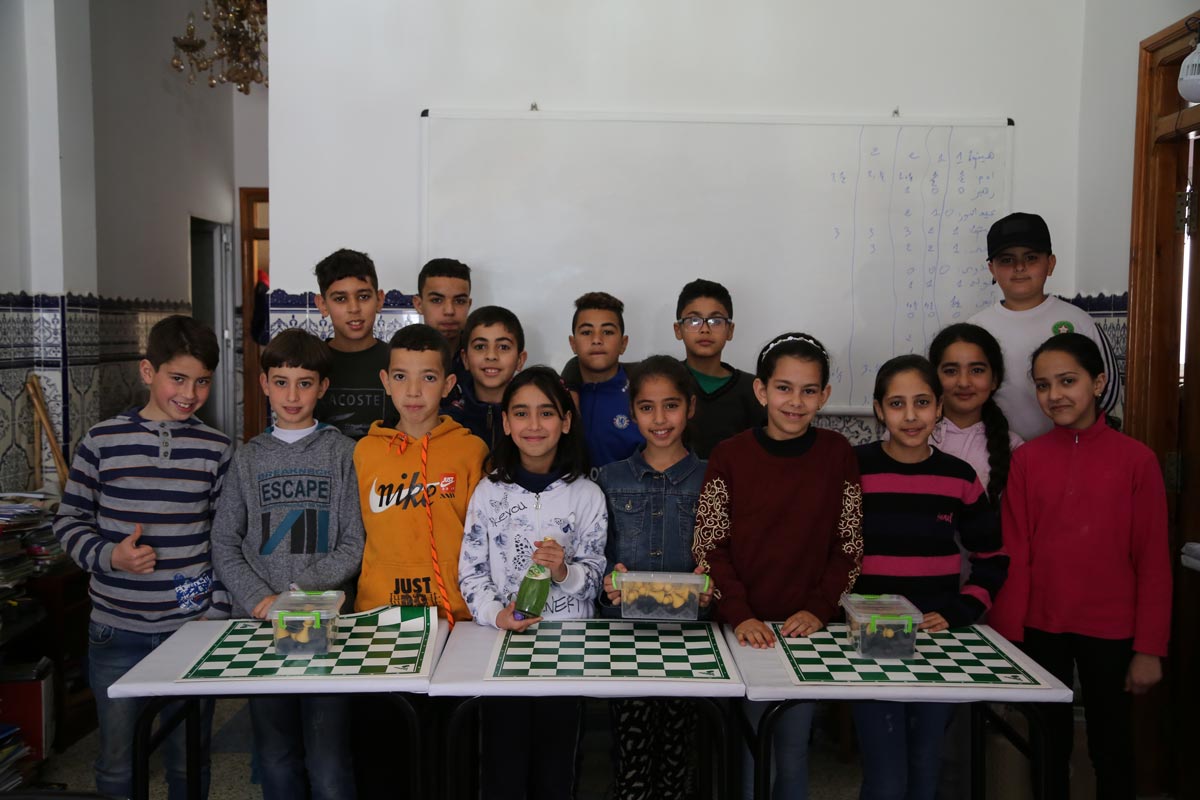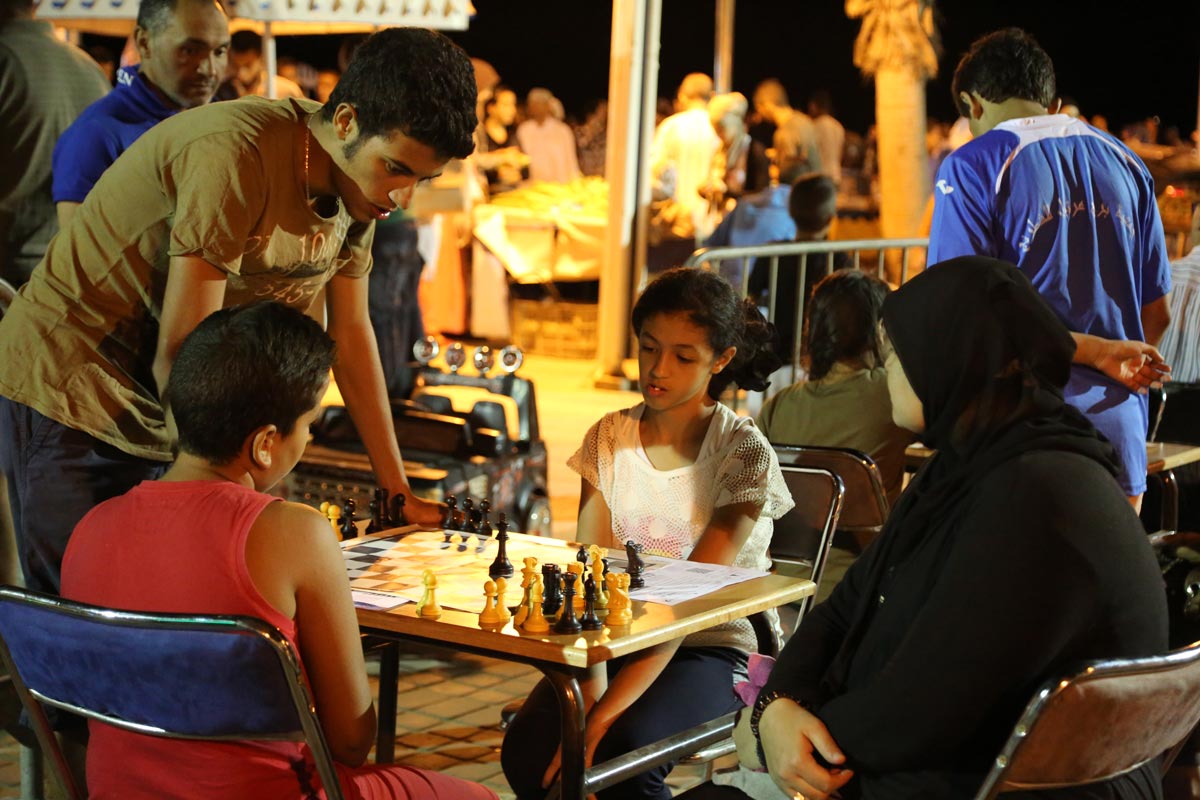There is no definite evidence of when exactly chess first appeared. However, historians tend to agree that chess evolved from earlier Indian board games, likely chaturanga. The ancient Indian game shared two characteristics present in all later variants: a different power for each piece and the fact that the fate of the king determines the outcome of the game. Chaturanga later evolved into shatranj during the seventh century. Shatranj spread to the East, North, and West, gaining different characteristics along the way. After reaching Europe, the game slowly evolved into what we know today as standard chess.

An ambitious initiative to teach young and adult individuals the noble game of CHESS to DEVELOPS SKILLS AND ABILITIES :
Chess is a powerful tool for developing thinking and memory in children. It also helps them build up their decision-making tools. It educates them to be responsible for their decisions and the consequences of those decisions. This is an ongoing initiative that helped more than 10 000 individuals from different ages using interactive courses and tournaments. Due to the various benefits of this game and its impact on different aspects of life, our vision became joining forces with national and international chess players assuring a wide reach .
Chess helps promote intellectual growth and has been shown to improve academic performance.



Regardless of the type of research you want to conduct, you must know how to formulate a research question.
Once the research problem has been identified, the next step is to formulate research questions to be answered by the study.
We cannot talk about science without talking about a scientific approach or method.
Making a donation is a way of reaching out a helping hand. By providing even a small donation, you can be part of an effort to provide our initiatives.
